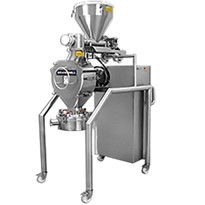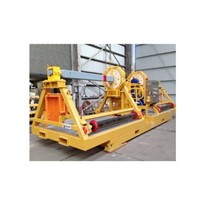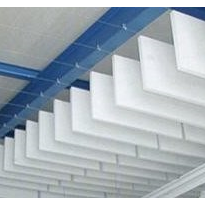The new construction project had to adhere to Clause G6 – Airborne and Impact Sound of the New Zealand Building Code (2006).
The provisions within the clause state that the:
"Objective of this provision is to safeguard people from illness or loss of amenity as a result of undue noise being transmitted between abutting occupancies."
Compliance with provisions set out in Clause G6 was important for this project due to the supermarket property's zoning as business/residential. This category of zoning means emitted noise levels must be treated to comply with local district noise limits.
Acoustic solution: Reapor tiles
Project architects and engineers from Stiffe Hooker engaged Pyrotek Noise Control to specify and design an acoustic screen solution to enclose the new roof top condensers and prevent operational noise becoming a nuisance to nearby residential dwellings.
Pyrotek Noise Control's sound absorber Reapor was specified to form part of the acoustic screen, using 50mm thick Reapor tiles mechanically fastened using galvanised J mould.
Reapor tiles were the ideal acoustic solution for this build as they have a very high noise reduction coefficient (NRC), are easy to install and provided the necessary durability for the outdoor application.
NRC is a widely accepted industry standard that provides an average of how absorptive a material is. The NRC is defined from 0 (perfectly reflective) to 1 (perfectly absorptive) always expressed as a decimal rounded to the nearest 0.05. With an NRC rating of 0.90 the 50mm Reapor tiles provide an outstanding level of sound absorption, making them the ideal soundproofing solution to absorb and eliminate the loud industrial noise emanating from the condensers.
Reapor tiles can be easily machined or processed with standard wood-working equipment and dust protection.
Feedback
Feedback provided by the installers, Livingston Building, back up statements about Reapor's ease of installation:
"The Reapor was easy to install. It was easy to cut where required with a standard 8-tooth handsaw. Channels to accommodate raised screw heads were able to be created with the use of a wood chisel."
Reapor tiles have natural resistance to environmental contamination being unaffected by water and sunlight, and, installed correctly, tiles will last indefinitely. This natural resistance makes Reapor a unique market-leading product for outdoor applications, where moisture or contamination are a potential problem.
Post-installation feedback deemed Reapor an easy-to-use and successful soundproofing solution:
"Overall it was good to work with and the overall finish was aesthetically pleasing and there was a great difference in the sound reduction after installation."
The installation of Reapor tiles has greatly eliminated plant noise from roof top condensers at PAK'nSAVE's Hamilton warehouse. The reduction means that the building now adheres to Clause G6 of the New Zealand Building Code.
Reference List
- Department of Building and Housing, 2006, 'Compliance Document for New Zealand Building Code Clause G6 Airborne and Impact Sound', Department of Building and House, New Zealand Government, retrieved 28th of August 2014,
- PAK 'nSAVE, n.d.p, 'About PAK'nSAVE', retrieved 27th of August 2014
- Pyrotek Noise Control, 2014, 'Reapor Product Brochure', Pyrotek Noise Control, retrieved 28th of August 2014


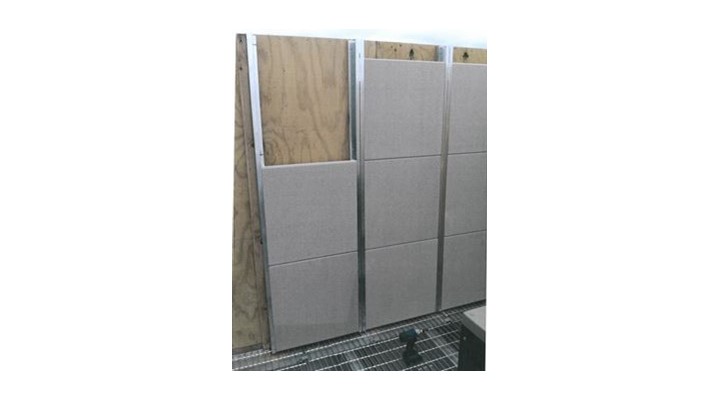
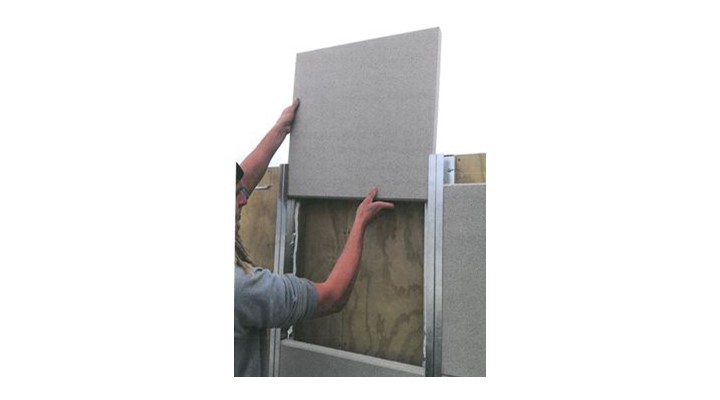
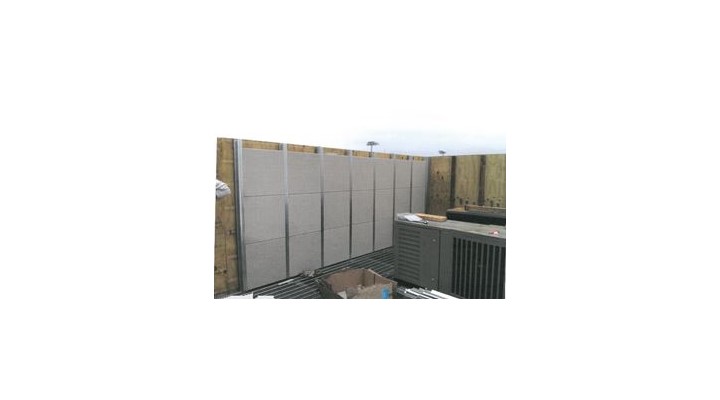
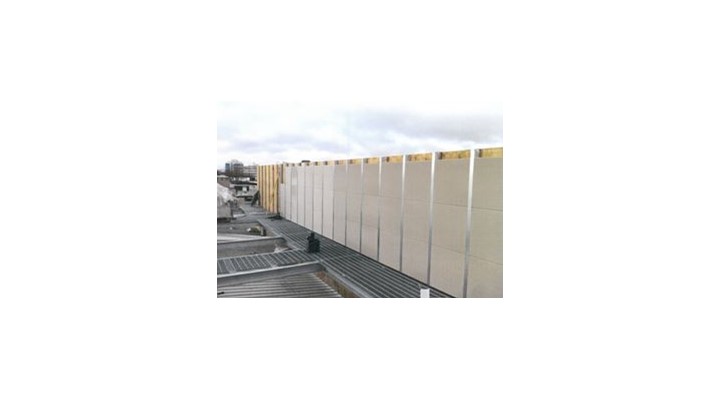
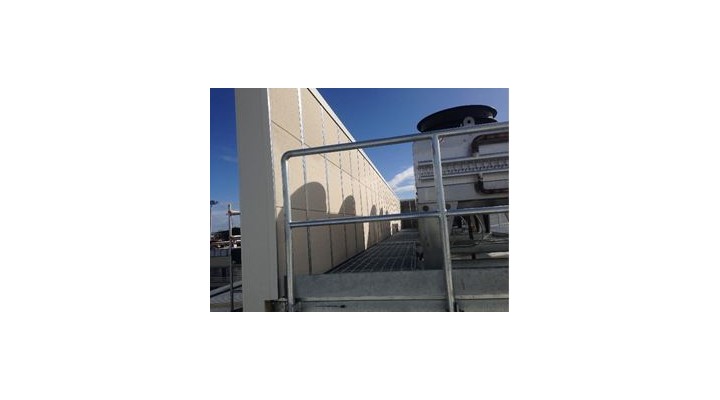
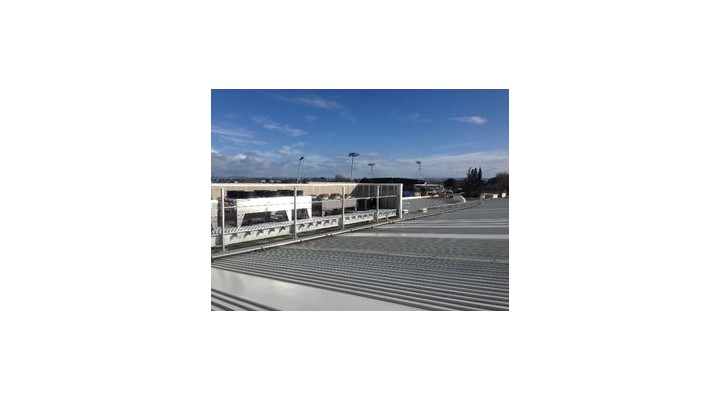

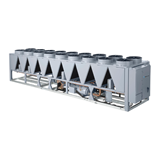
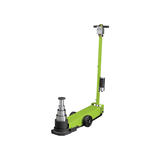
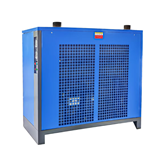
-160x160-state_article-rel-cat.png)
-160x160-state_article-rel-cat.png)





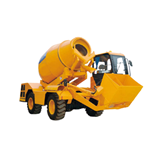
-160x160-state_article-rel-cat.png)



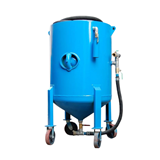




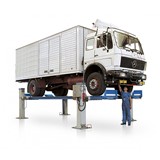


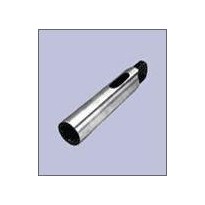
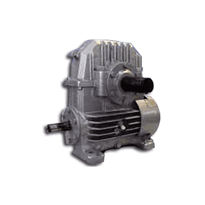

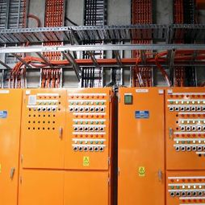


-205x205.jpg)
